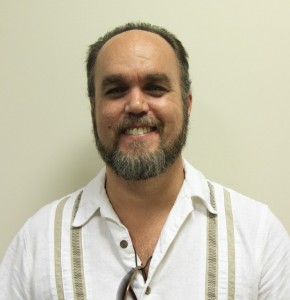 In his 1961 farewell address President Dwight Eisenhower warned the American people of the dangers inherent in an alliance of the military, arms makers and politicians. “We must guard against the acquisition of unwarranted influence, whether sought or unsought, by the military industrial complex” The term has since become common parlance, and his warning, while not unheeded, has done little to stop the continuing accumulation of power into a few hands.
In his 1961 farewell address President Dwight Eisenhower warned the American people of the dangers inherent in an alliance of the military, arms makers and politicians. “We must guard against the acquisition of unwarranted influence, whether sought or unsought, by the military industrial complex” The term has since become common parlance, and his warning, while not unheeded, has done little to stop the continuing accumulation of power into a few hands.
It’s such an effective description that it has been adopted by people interested in a range of issues. We can see medical, nonprofit, educational and even wedding industrial complexes referred by those opposed to the way things are done in the respective sectors.
The comparison I am most familiar with is the prison industrial complex. It appears to have originated with Angela Davis, the well known activist and former prisoner, who in 1997 delivered a speech by the same name. A few months later, Eric Schlosser wrote about the subject in The Atlantic. Since then the phrase has become common.
It is easy to think of a complex like this as a soulless monstrosity, or overseen by shadowy forces engaged in conspiracy. In fact, there is some truth to this view. Especially in the sector of for -profit incarceration, the connection between provider corporations and the government is disturbing. There is another piece of the puzzle too though, and I came face to face with it a few weeks ago.
In the morning I met with a long-time advocate for juvenile justice reform. We live in Georgia and were excitedly discussing the upcoming bill to overhaul the juvenile justice system here. It has gained a lot of momentum and is expected to pass, getting a boost from a similar reform of the adult system last year. It would mean fewer kids would be incarcerated, while providing more treatment for for them. It also calls on having more community-based programs and would rely on evidence-based practices. It seemed that things were headed in a good direction.
The next day, I was visiting a college class near Atlanta and was asked to describe my work. I spoke about restorative justice for youth, and how my organization hoped to get a boost from the upcoming changes to the system. Afterwards, I was approached by someone who works at a youth detention facility. She was worried about the upcoming changes.
To her they seemed careless and short sighted, and she believed that the changes were based on money. If the changes happen her agency could lose a lot of bed space, and some facilities will be shut down. She predicted that dangerous kids, many with gang ties, would be unleashed on communities that are unprepared and ill equipped to deal with them.
Contrasting the two conversations reminded me that systems are made up of people. This woman and her coworkers have a view of detained youth that is informed by their experiences, a view that is different than my own. They also rely on youth detention facilities for work.
I was reminded of two things. First, if the reforms I am in favor of go through there will be young people who are released that will pose a threat to society. This will happen no matter what protocols are put in place for protection. I believe that in the larger picture this number will be smaller than the current number of young people who are made worse by being incarcerated.
Second, the reduction in incarceration will lead to job loses, most likely through closed facilities as bed space is consolidated. Real people, not a faceless prison industrial complex, will be out of work. It is no surprise that those who will be impacted by such changes, as well as their political representatives, will oppose the efforts of reformers.
I remain in favor of the legislation, but it has ceased to be an abstraction to me. Suddenly the “complex” has a face, and as much as I might resist listening, its voices need to be heard and addressed.

A re-direction of juvenile services (from the current institutional model to the more front-end, evidence-informed, community-based reforms proposed) will create opportunity for those who have the skills and training to support these changes.
I understand the fear; however, change is inevitable and one is best served by embracing this fact and being adaptable enough to change oneself as well.